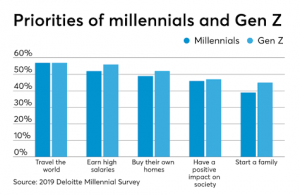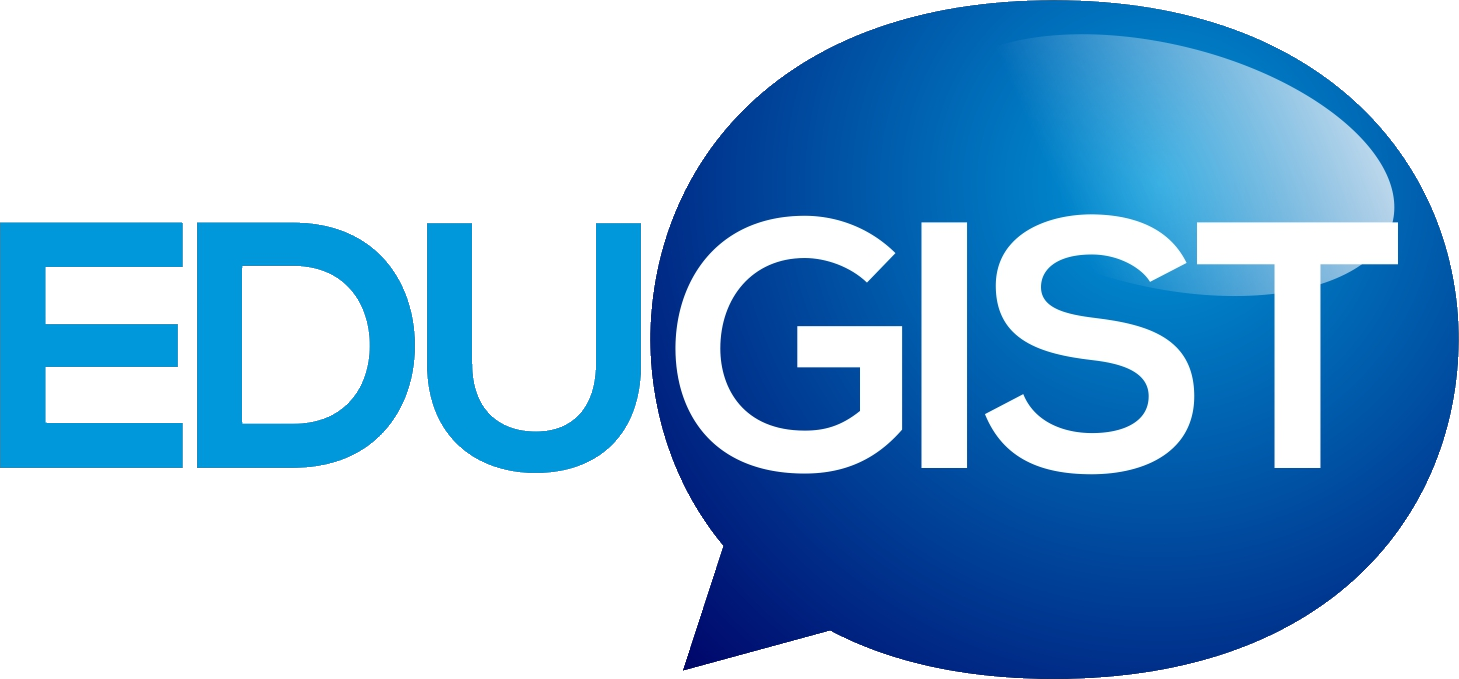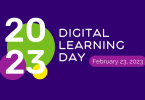Teacher Training: Catering to Gen Z and Beyond
The oldest members of the millennial generation are 37 years old now. What K-12 and higher education are dealing with today is Generation Z.
This generation is very different from its predecessors, even Millennials. We had termed Millennials, “digital natives.” However, it is Gen Z that is the true digital native.
Millennials were in their teens when the first iPhone was released. On the other hand, Gen Z grew up playing on their parents’ smartphones even before they had turned 3!
Needless to say, such exposure to technology has influenced the way this generation interacts and learns.
Also, when it comes to personality and behavior, Gen Z is much more serious minded and focused on success. The latter, they believe can be achieved through technological solutions.
Therefore, education delivery needs to evolve. This is to keep pace with the changing needs and behaviors of this generation. And those that will come next.
What Teaching Gen Z Requires
There are three basic ways in which education needs to be tailored to the current and future generations of students.
Personalizing Learning
Personalizing doesn’t necessarily mean that the learning path needs to be customized to each student. It is the flexibility to provide personalized learning experiences.
For instance, some students learn better when presented with text. Others might understand concepts more easily when they see an explainer video.
Then, there might be students who find it difficult to retain concentration for prolonged periods of time. Some may perhaps need motivation to continue on the learning path.
Integrating interactive elements in the course material has proven to work well for such students.
BYOD
We don’t need statistics to tell us that almost every young person today carries a smartphone wherever they go. If education embraces the use of personal devices. Then, much more engaging and effective learning experiences can be provided to Gen Z.
This generation thrives on video chats and social media. By being able to use their devices to learn, they only extend an existing habit. This can also promote collaborative learning and peer support.
In fact, as far back as 2018, Ohio State University gave away 11,000 iPad to its freshmen. The tablets were preloaded with the university’s own digital learning platform and app.
Ohio State University stated that embracing technology has proven to improve engagement among students. As well as academic performance.
In addition, it helps students save significantly on expenses that would have otherwise been incurred buying print materials and textbooks.
Online Assignments and Assessments
Looking for content online already comes naturally to Gen Z. Likewise sharing content with peers online. Thus, digital assignment, either essay or video, are likely to be more motivating for the current generation of students.
This is especially true if these assignments can be shared with classmates, peers and others, rather than being for the teachers’ eyes alone. The same holds true to assessments. Digital assessments are more engaging and motivating for Gen Z.
However, most teachers today belong to Gen X, if not Baby Boomers. These generations might still vary a little with technology and resistant to adapting to technology innovations.
Traditional teacher training, for now, does not prepare even Millennial teachers for the needs of the future generations.

How Teacher Training Needs to Change
The reality is that teaching in the 21st century requires some additional skills. This is in order to meet the evolving needs of students.
Apart from embracing technology, education is today more focused on professional development. This is, so that students are career ready for the most part by the time they graduate.
In addition, critical thinking, constructive problem solving, self-directed learning and task completion, along with effective collaboration and communication are crucial soft skills, that need to be inculcated if we want students to be ready for the real world.
This highlights the need for effective professional development of teachers. That way, they “learn and refine the pedagogies required to teach these skills,” says a recent report by the Learning Policy Institute.
Teacher training, therefore, needs to evolve to include some key elements.
Learning How to Learn
Before we learn how to teach, we first need to learn how to learn. This can help teachers provide the right support and motivation to students. It also helps us realize that not all subjects or even concepts within a single subject are as easy to understand for everyone.
The one-size-fits-all approach no longer works. In fact, even the subject matter is constantly evolving over time. A teacher who masters the skill of learning will also be open and motivated to continue to enhance their lifelong knowledge.
Regardless of what continued professional development opportunities the school system provides, the individual will seek out opportunities to learn.
Learning Teaching Skills
While many might consider this an obvious part of teacher training, it really isn’t. At least not in the practical sense of what is needed today and for the future.
The art of being able to explain concepts as simply and clearly as possible, being able to demonstrate how things are done, can lead to better learning outcomes for students. Being able to perceive student’s needs and offer timely support is also a skill.
In fact, all teachers, whether new or experienced, need time and space to develop their skills. Their audience is constantly evolving.
So, training needs to be an ongoing process, rather than something meant only for those who are preparing to enter the profession.
Continued professional development through regular training courses is something that the education system needs to look into.
Adapting to a Changing Role
Teachers today, have also evolved from being the repository of all information for students. They are now mentors who guide students on the basics. And providing the resources for them to seek out more information.
So, teachers need to move on from the classroom lecture method, where students are passive receptacles, to making the entire experience more interactive. This is where a blended learning approach can help, which also proves to engage students better.
This does not mean that teachers need not have a strong foundation in the subject they are teaching. It means that teacher training should include training in educational technology. One that will enrich the learning experience for students.
Of course, there are many other challenges that teacher training needs to evolve to address. Not the least of which are how to engage parents in the process, or how to motivate students.
Teachers prepare entire generations to lead the world. So, they need to first learn to be at the cutting edge of effective instruction and learning.
About the Author:

Sonia
Sonia is an education enthusiast and has a deep interest in how technology influences the future of learning for students.
She has a master’s degree in information technology administration and management. Sonia is passionate about innovative technology solutions that solve real-world problems.
She also loves writing about her experiences and sharing her learnings in working with innovative tech solutions.
Currently, Sonia heads marketing operations at MagicBox, a digital content distribution platform impacting learning for over 4 million students and teachers today.








